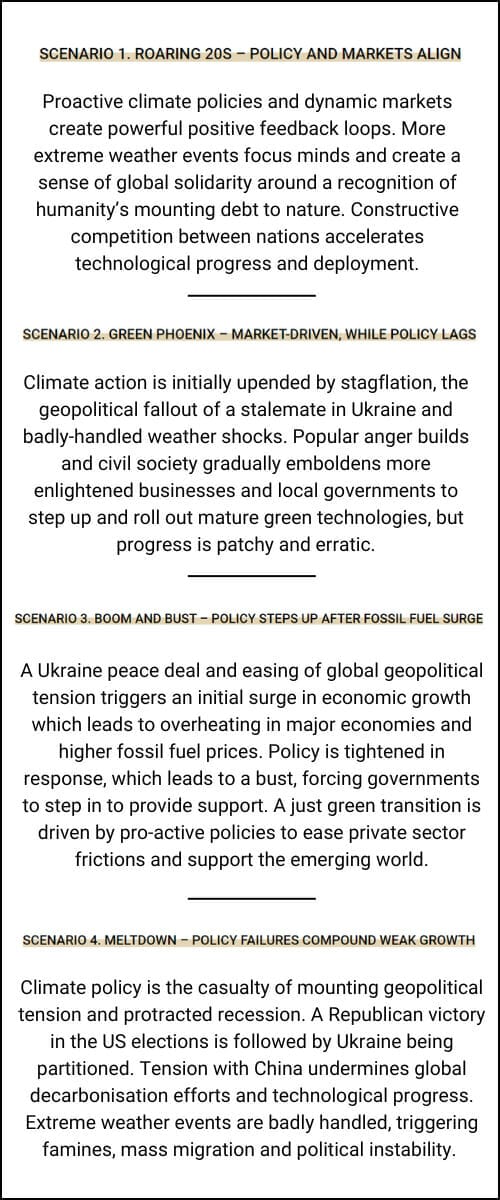Florida State Board of Administration, SBA, has significantly increased compensation for its investment professionals in line with midway pay levels among peer group asset owners in response to being out of step with the market.
The $239.6 billion asset manager for Florida’s various pension funds and investments increased its wage bill by $1.2 million in December 2022 followed by an additional $1.6 million adjustment in July 2023 and is planning another adjustment following a merit cycle (the pay-for-performance part of employee compensation) later this year.
The additional $3 million for staff salaries has pulled the SBA up to paying the same midpoint compensation level as peer pension funds, explained Lamar Taylor, interim executive director and CIO, in a recent board meeting.
“That was the delta where we were and where we needed to be from a median perspective,” he said.
The SBA’s base salaries have increased by around 10 per cent, bringing benefits in recruitment and retention, he said.
“Pretty much everybody at the SBA got some movement towards their median market comp for their pay grade.”
The salary boost is the consequence of a commitment by the board to redouble its efforts to bring compensation in line with peers. SBA was treading water and lagging competitors when it came to updating its pay scales, he said.
The board heard how the July 2023 adjustments are a response to competition and an enduring hot market for investment professionals that has seen investors like the $79.4 billion Alaska Permanent Fund Corporation lose staff.
SBA’s portfolio managers have seen their pay increase the most, especially portfolio managers at the start of their career. It reflects a wider compression in salaries between younger and more experienced portfolio managers, and fierce competition for more junior portfolio managers. Under the new SBA Pay Plan, effective July 2023, a second-tier portfolio manager will see a 28 per cent jump in their base pay to a midpoint of $178,700.
But despite the increase, SBA still pays much less than peer funds like Texas Teachers and State of Wisconsin Investment Board (SWIB).
For example, SWIB’s staff incentive compensation payments will total $26 million to 234 employees in the second half of 2023 indicative of a high compensation strategy that SWIB believes is ultimately more cost efficient than paying fees charged by asset managers.
It says incentive compensation equates to less than 5 per cent of SWIB’s costs for managing the Wisconsin Retirement System. According to an independent cost consultant, SWIB’s costs for 2021 were $91 million lower than the US public pension fund average, and SWIB has saved over $900 million of costs compared to its peers in the last 10 years.
The SBA will pay incentive compensation later this year based on three-year performance numbers. The valuations off which the awards will be shaped are still being audited.
Backoffice staff retention
Higher levels of pay will also help retain SBA’s backoffice staff, some of whom have been poached by other organizations. “This market adjustment helps us,” said Taylor.
As well as increasing base rates, the SBA has also introduced incentive compensation for the operations team that settle trades and is part of the investment process. Around 16 positions will now receive incentive compensation in these investment-tangent positions of financial and investment operations. Staff turnover at SBA is higher among staffers that are not eligible for incentive pay.
However, staff leaving wasn’t just a consequence of pay. The backoffice team also felt unable to move up the ladder; that they weren’t valued team members or able to grow and learn, he said.
The fact SBA doesn’t offer employees remote work also makes it more difficult to recruit and hold onto talent.
“I think we might have an easier time finding people if we offered remote as an option,” reflected Taylor who noted that peer CIOs often ask how the SBA has managed to get people back into the office.
One reason could be that working at SBA’s Tallahassee offices doesn’t involve as rigorous a commute as staffers at funds in New York or San Francisco where an anti-commute movement resists the draw back to the office. He also reflected that it is easier getting people back into the office when those at the top are back at their desks. “Our leadership team is in everyday, people see it from the top down,” he said.
Incentive Compensation
In another change SBA has reversed a policy to delay incentive compensation if performance is down. Before, in any period the SBA has a below zero absolute performance but a positive relative performance, staff had to wait two consecutive quarters to get paid. “This was something that had been effecting us,” said Taylor. “It was a disincentive.”
The board concluded that competitive compensation levels are important for attracting younger people given a swathe of older team members are getting closer to retirement. One third of SBA’s total workforce will be able to retire in the next five-years. Many of them are manager/supervisor level to the extent that 50 per cent of the SBA’s manager/supervisor-level and above positions could be replaced by the end of 2028.
It is important that internal pay levels remain competitive with the wider market so that new recruits do not come in on a higher pay level than incumbents. “When we need to go back into the market and pay market rates, we need a system that is already paying [our] people at that level. It stops people being upset – and saying why aren’t you paying me that,” Lamar concluded.

 The focus is on operationalising net zero commitments and the need to have shorter term and bespoke scenarios to achieve that.
The focus is on operationalising net zero commitments and the need to have shorter term and bespoke scenarios to achieve that.